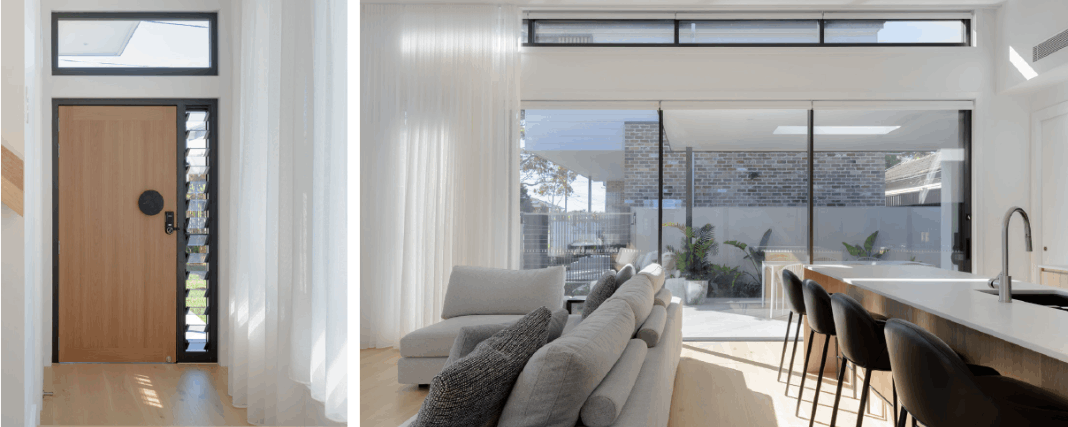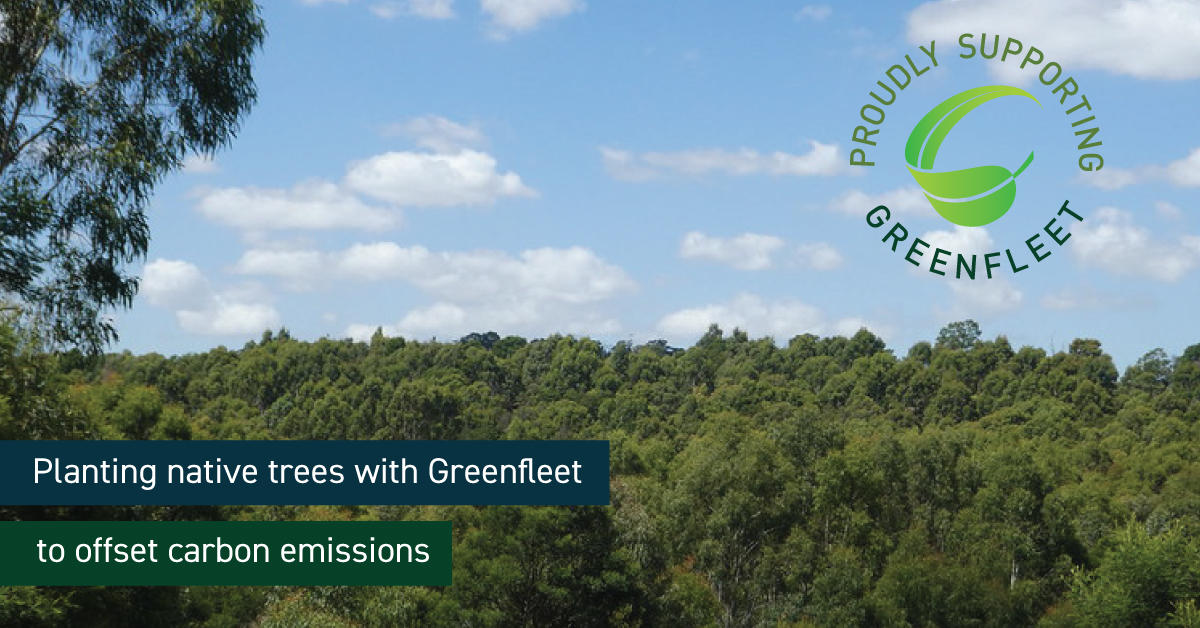Hanlon windows are one of the longest standing members of the AWS Network established in 1979 by Brian and Judy Hanlon. In 2013, their son Chance Hanlon took over the business. In keeping with tradition Chance introduced the third generation into the business with son Tim and daughters Maddie and Bec joining the business.
Thank you for reading this post, don't forget to subscribe!Many AWS fabricators are family owned businesses with Men and Women taking equal role in business leadership.
In celebration of this year’s International Women’s Day (8 March) we asked Maddie and Bec to share their thoughts on what International Women’s Day means to them, their experience in the Window and Doors industry and what challenges they have faced.
Here is what they have to say.
International Women’s Day, what a time to reflect on all the women out there who are paving their way in this crazy world, working hard in business and setting examples for the next generation of strong and intelligent women.
This is a time to celebrate women who are helping break down these barriers we still face and show what womankind can achieve. It is a time for showing the younger generation that they really can be and do whatever they want in life and that there is no limit to their success.
There are so many women out there that inspire us. We can’t write this blog without mentioning our Nan who with Pop started and played a very active role in our family business. Back in those days it was generally the wives that worked behind the scenes and didn’t get much recognition for the work they were doing. Today, along with the rest of our family, us girls are at the forefront of our success and we know she would be super proud.
We love seeing women who are creating their own success, just like we are. All the power to the entrepreneur women of the word like Jenna Kutcher, with a motto ‘Imperfectly empowering women’.
Jenna, a self-made millionaire, shares all aspects of her life. We admire how she shares her knowledge instead of keeping her tricks and tips a secret. We admire how she shares her highs and lows and doesn’t just post about the good stuff. Because let’s be honest, our industry cannot be easy at times, no matter what your gender. It’s those times we need to speak up, support each other and grow.
And, there really is nothing anyone can do that Pink can’t. We admire how a woman with power is using it for good, to break down the barriers around femininity, beauty standards and gender roles. Pink really adds the question mark to so called “taboos” around what women can and can’t do. In our industry manual labour is, for us, a great example. Maddie has worked in the factory in our business and we are both very capable of doing so, we can also lift and carry (most of) our own boxes thank you 😊
Women’s sexual health and periods is a topic we would like seen come to the table more often. We wish the stigma around these topics was broken, that we could have free, open conversations about these very relevant issues. We wish for all girls to know what contraception is, what is available to them, what their bodies are capable of and to be educated and informed. We believe that having access to this key information will aid in giving women confidence in their bodies, their abilities and to live life without shame, as it is all a very natural part of life.
Unfortunately, we have faced issues with equality, we have answered phone calls and been asked if they could talk to ‘a man who knows what they are talking about’ we have been situated at the front counter with customers walking straight past us to find a man to talk to. Sadly, these incidences happen before we have the chance to show them what we are capable of.
What once was traditionally a male dominant industry is no more. And reflecting on this year’s International Women’s Day theme #eachforequal we are more determined to prove that being a woman plays no role in our ability to succeed in this, our, industry and not just on the 8 March but the future and beyond.
So, if you need us, we will be the women sitting at the boys table.




